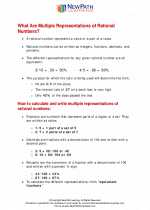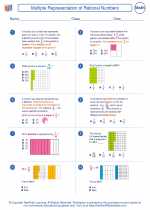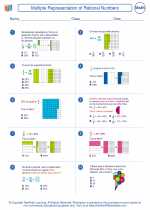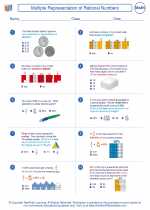Pressure Study Guide
What is Pressure?
Pressure is the force applied perpendicular to the surface of an object per unit area. It is a measure of how much force is acting on a certain area.
Formula for Pressure
The formula to calculate pressure is:
Pressure (P) = Force (F) / Area (A)
Units of Pressure
The SI unit of pressure is the pascal (Pa), which is equal to one newton per square meter (N/m2). Other common units of pressure include atmospheres (atm), millimeters of mercury (mmHg), and pounds per square inch (psi).
Factors Affecting Pressure
Pressure is affected by the magnitude of the force applied and the area over which the force is distributed. Increasing the force or decreasing the area will result in higher pressure, and vice versa.
Applications of Pressure
Pressure is involved in many real-world applications, such as hydraulic systems, pneumatic systems, scuba diving, and weather systems. Understanding pressure is crucial in fields like engineering, physics, and meteorology.
Study Tips
- Understand the formula for pressure and how to manipulate it to solve for force or area.
- Practice converting between different units of pressure (e.g., Pa to atm, mmHg to psi).
- Explore real-world examples of pressure and how it is utilized in various systems and industries.
- Work on problems involving pressure in different contexts, such as fluid pressure and atmospheric pressure.
◂Math Worksheets and Study Guides Sixth Grade. Multiple Representation of Rational Numbers

 Worksheet/Answer key
Worksheet/Answer key
 Worksheet/Answer key
Worksheet/Answer key
 Worksheet/Answer key
Worksheet/Answer key
